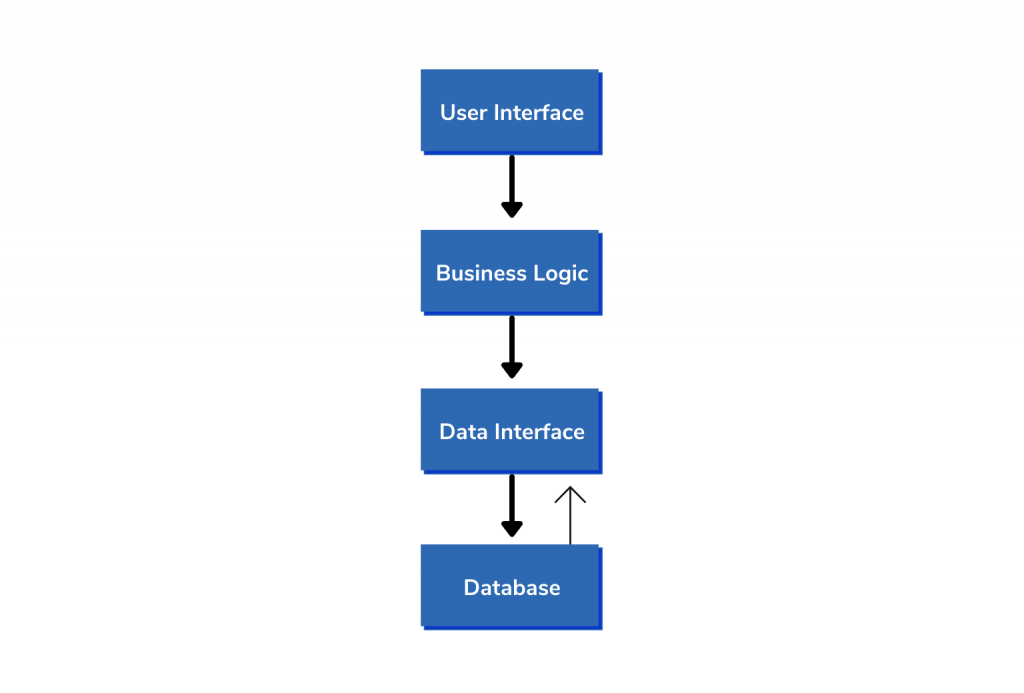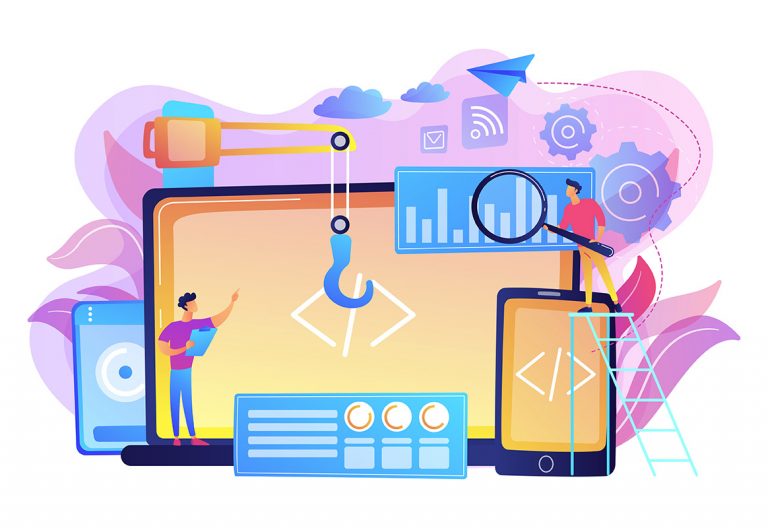Are you looking to decrease risks associated with software production while increasing performance and delivery speed? Are you still wondering why you need to shift to microservices? The truth is that the world is driven by technology. Irrespective of which industry you belong to, to increase agility, business velocity, and to stay in the competition, you need to adapt.
Microservices – the world became familiar when this term was coined in 2011. Because of the results it yields, a large percentage of the tech giants and other companies are already making use of it. If we look at a survey conducted by Nginx, almost 36% of the organizations they included in the survey were already using it. Not only this, 26% were thinking of migrating to it.
But what is all the hype about? Why are microservices taking over the traditional architecture of app/software development? In this article, we will discuss what microservices are and why the companies are turning to them? Before we discuss what microservices are, let’s look at monoliths, the architectural framework used before them
What are Monoliths?
It was a multi-tier, centralized architecture of app/software development. The entire coding was done from one place, and the code was centralized. Before the advent of the cloud and mobiles, this was the best way to code. The development was done through one desktop. It was one unified unit.

If any change was to be made, you had to update the entire app. This exposed the code to bugs and malware. The biggest disadvantage was that there was no functional scalability. It was not possible to scale only one function. Yes, you couldn’t add or delete a function. You had to go ahead and scale the entire app. This would result in extremely high costs. The microservices came into being to curtail all these problems.
What are Microservices?
Microservices break down the code into different, independent services. Each service is run as an entirely different process than the others. There is no interdependency. In this way, you can work on different parts of the code at the same time.
The result of one service is the input of the other service. This makes the development process more manageable, smoother, efficient, and does not burden one person. This is excellent for businesses today. To be honest, change and innovation are the need of the day. Companies can’t say that the app they have made is perfect and will not need any change.
Each service in this architecture has its own business logic and database independent of the other services. It is platform and device-agnostic. This is why it helps businesses provide their customers with the best user experience on different platforms. PayPal, Twitter, Netflix, eBay, and Amazon are just some of the names already using microservices.

Reasons Why Industries Are Turning to Microservices
1. Scalability
One of the most apparent benefits is the scalability option. This is because each service is a separate entity. Tools like Kubernetes allow you to scale functions independently. This increases the efficiency of your app. It will save time and a lot of money. When one service is being changed, there will be no impact on the other one.
2. Flexibility and Adaptability
You are not bound by anything. The beauty of microservices is that different technologies can be used to develop different services. Teams can decide which framework and programming language they prefer. Different parts of the application code can have different languages.
An excellent example can be The Guardian. When an event ends, they can easily remove it without changing anything on the website.
3. Quicker Market Availability
The concept being microservices is loosely coupled services. This allows you to make changes to specific parts if needed. There is no need to write the entire code again just to modify a single feature. Another important thing is that testing, debugging, and improving smaller units is easier than the entire code. It takes less time and effort.
This allows the app to be developed faster. All the microservices are independently deployable and testable. This cuts down the time to make it available to the users.
4. Continuous and Consistent Delivery
A continuous delivery model is used in microservices. There are dedicated, specialized, and small teams working on different services to keep the life cycle of app development working. It is a continuous process.
Everyone is working simultaneously. Developers, testers, and operations team working side by side allows for faster and better debugging. This allows for the development to keep going on regardless of any error. Another advantage is the code presence in the library. You don’t need to develop new codes from scratch. You can always use a code from the library instead of inventing a new one.
5. Better Team Collaboration
With it, team efficiency is optimized. You can hire special team members keeping in mind their capabilities and expertise, to work on one service. They can do what they do best. “Too many chefs ruin the broth,” this is true in this case. When a large number of people are working on one code, it can get complicated.
This was one of the major reasons Netflix decided to shift to microservice architecture. They hired 25 engineers to work on one project. The sheer number of engineers resulted in many difficulties. The people were finding it difficult to work with each other. By making use of microservices, the team was divided into smaller units.
Wrapping Up
Undoubtedly, microservices are the future. It is cost-effective, efficient, and practical. But this does not mean it does not have its limitations. Businesses can’t shift to this architecture overnight. You need to have the proper tools and services in place.
Robust monitoring is essential. Continuous development required continuous monitoring. You need to have proper measures in place to avoid any issues. Lastly, keep in mind that you can go overboard. Don’t unnecessarily break down services just for the sake of it. It can cost you more. In a nutshell, if done properly, microservices are highly beneficial.
References
https://www.plutora.com/blog/understanding-microservices
https://wiredelta.com/10-reasons-why-microservices-are-the-future/
https://www.cio.com/article/3201193/7-reasons-to-switch-to-microservices-and-5-reasons-you-might-not-succeed.html




Leave a Reply